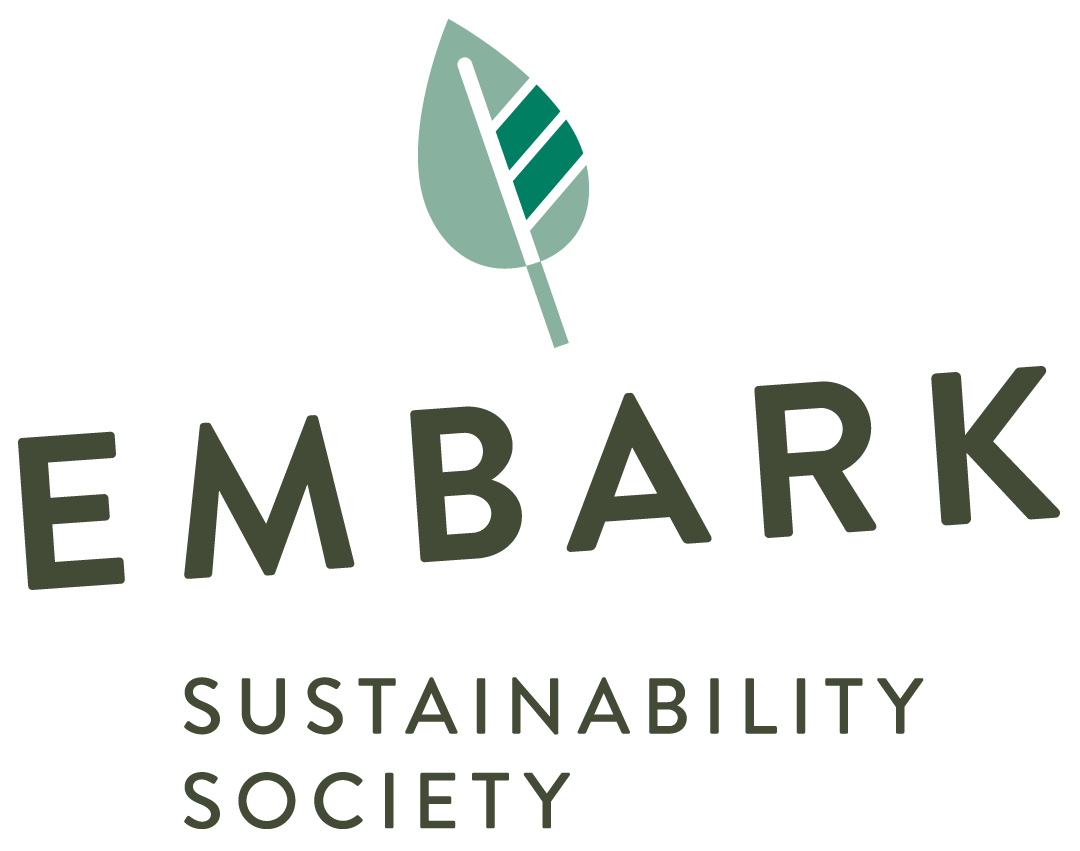The How To Guide of Sustainable Grocery Shopping
With the Earth’s environmental health slowly worsening, it’s inhabitants are finally starting to grasp the importance of a sustainable world. When the goals circulating sustainable living were constructed by the United Nations in 2015, the steps of responsible production and consumption were widely introduced, steps each and every individual can contribute to. Monthly, people go grocery shopping a few times and there are several methods through which each trip to the store can be made sustainable.
For starters, consumers should aim to only buy what they need in order to minimize waste. There are some times when grocery lists are overestimated and plenty of excess food is leftover- in times like this, it is highly recommended to use an unrestricted creativity to make use of the leftovers and incorporate it into some other dish so that the prevalent practice of misusing resources is put to an end. It is the duty of the shoppers to conduct brief research on where the food they consume comes from. This not only helps in a healthier, safer diet but also ensures that shoppers know how their food is being manufactured and by what sources, making them informed so they do not unknowingly partake in any form of unethical production. Furthermore, shopping locally is a fantastic idea so as to get the fresh batch of products, in addition to cutting back on the amount of greenhouse gasses emitted during the product’s transportation from overseas.
Besides researching products, shoppers can also bring reusable bags on every trip to avoid plastic usage. Plastic use can be further reduced by using products in reusable containers in order to ensure that plastic manufacturing and sales are restricted. Further, it encourages producers to sell their products through an environmentally-friendly packaging medium.
As much as consumers are liable for achieving the goal of sustainability, this is an objective not to be reached without the contribution of producers. In recent years, a very beneficial yet unheard of concept has been revolving around, encouraging markets to partake in this global notion. ‘Rescued food’ can be better defined as surplus perishable food of good quality at grocery stores, wholesale markets and farms, that are affordable and act as a method of reducing wastage of food. This surplus occurs due to overstocking, canceled shipments and inability of the product to satisfy consumer standards. More and more places have been adapting this section of the store to help create a sustainable production process.
The most crucial thing to keep in mind is that, no endeavor goes to waste. Thus, the small contributions each and every one of us make is not only acting as a huge step towards a better, healthier world but also, a step towards the survival of our planet.
By Samia Chowdhury
